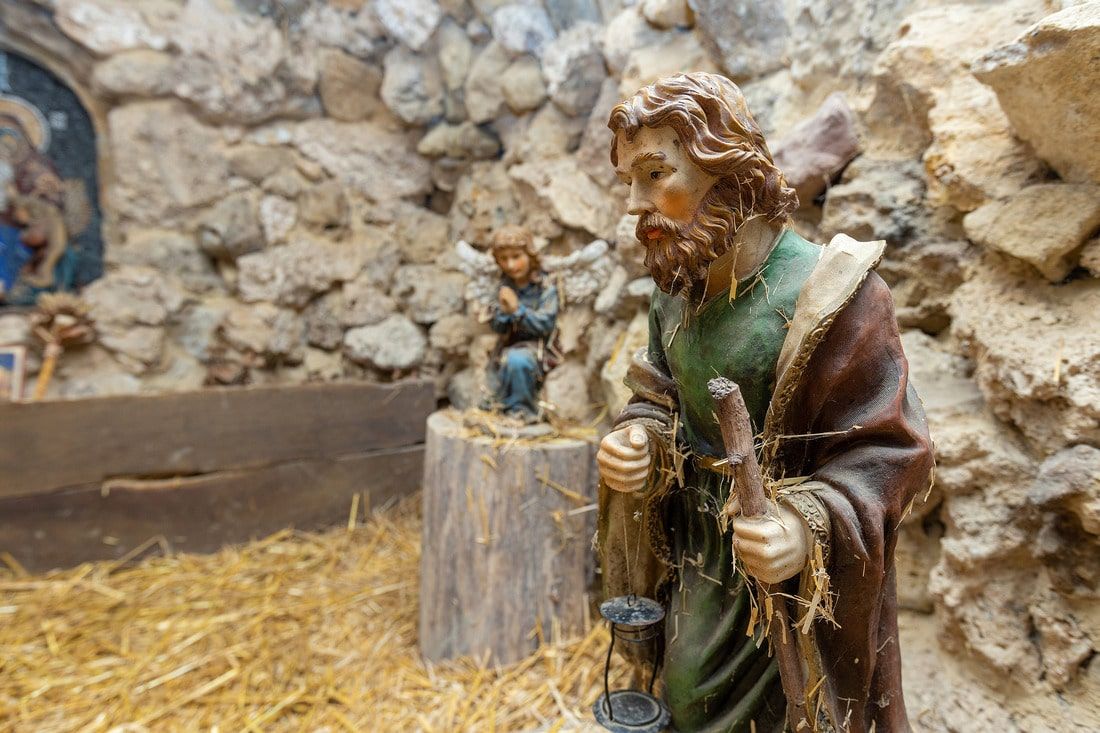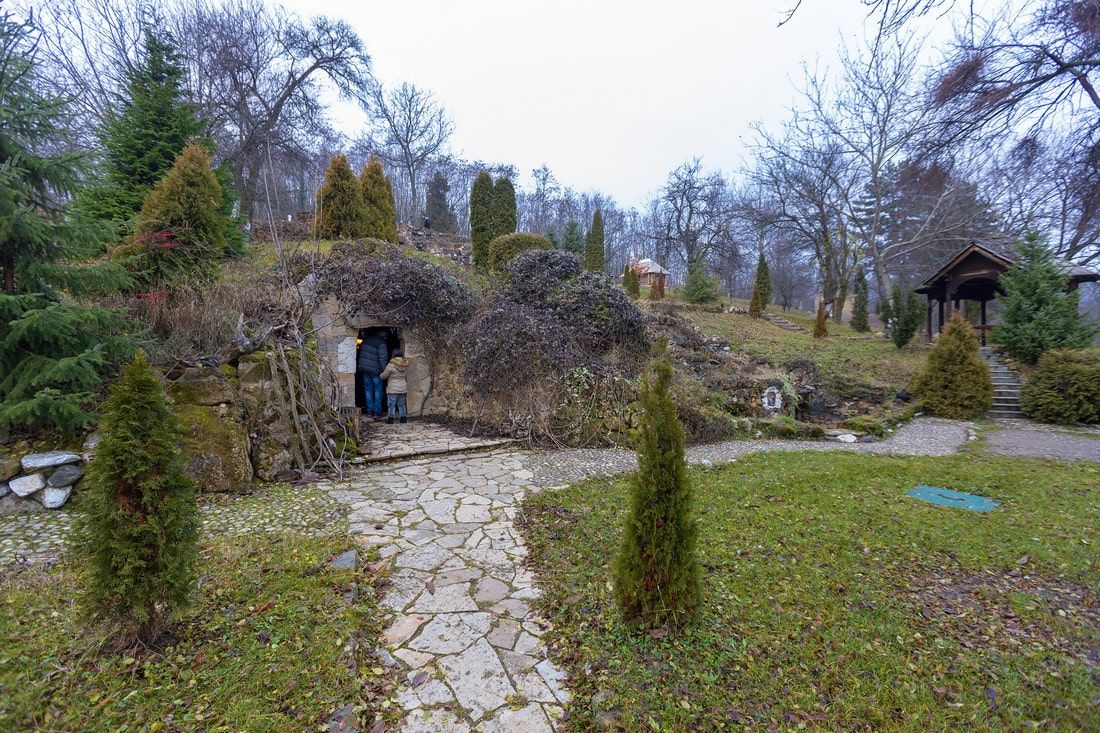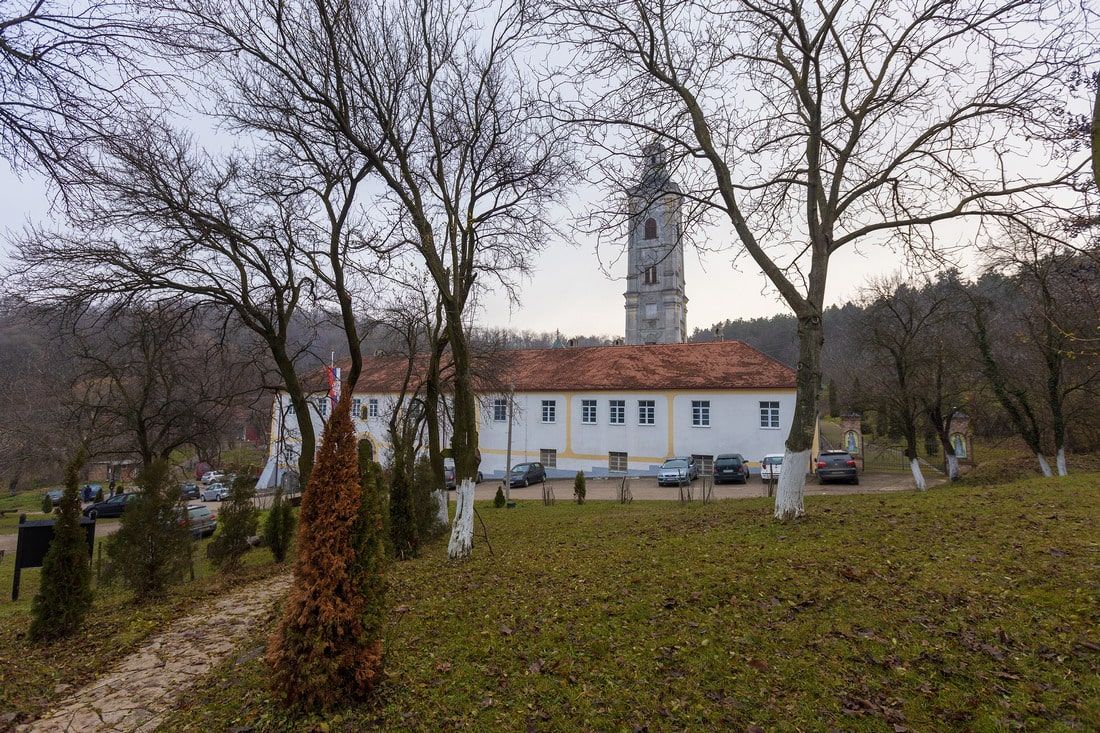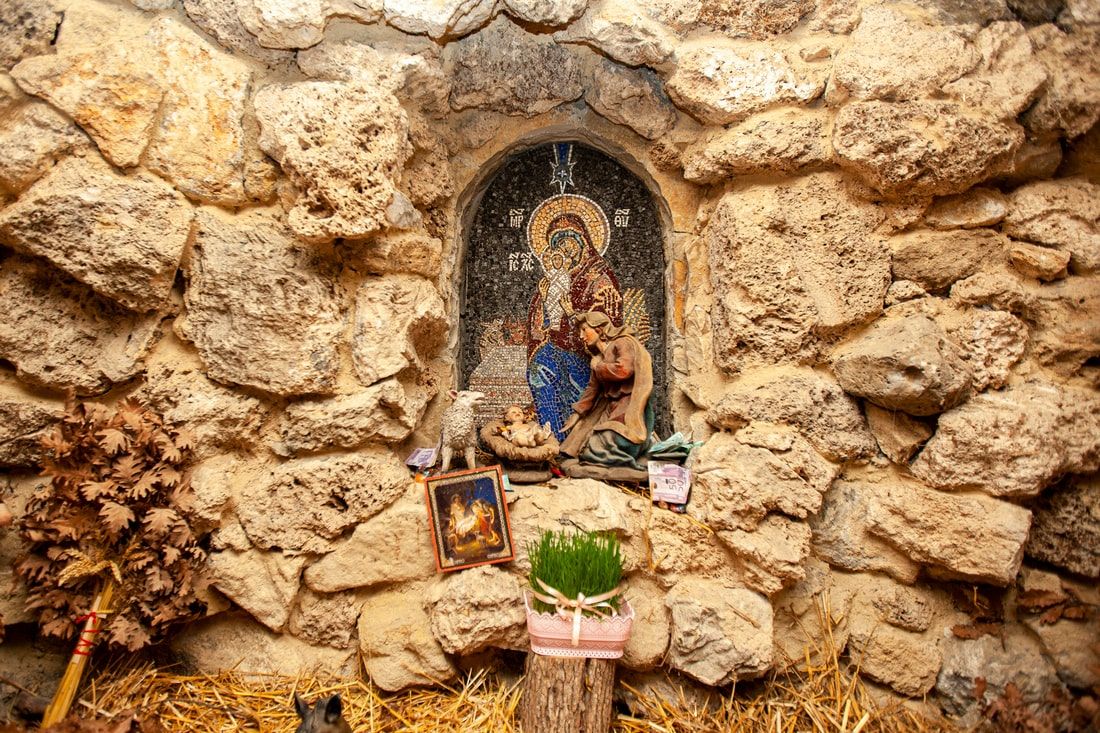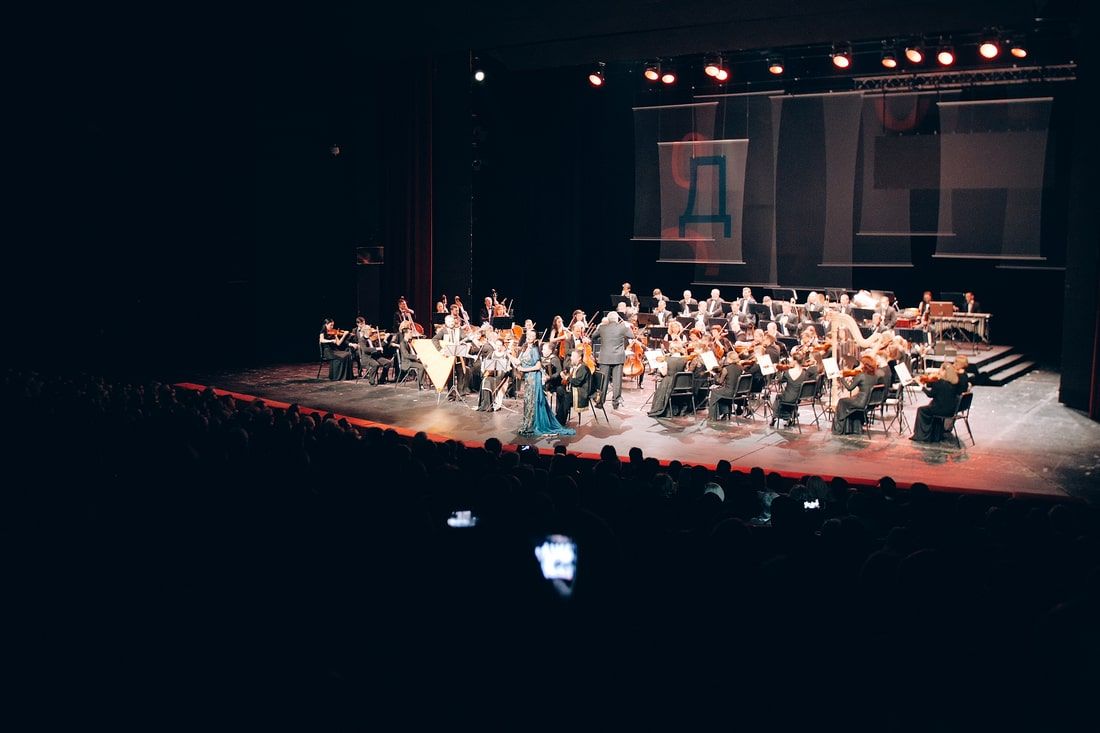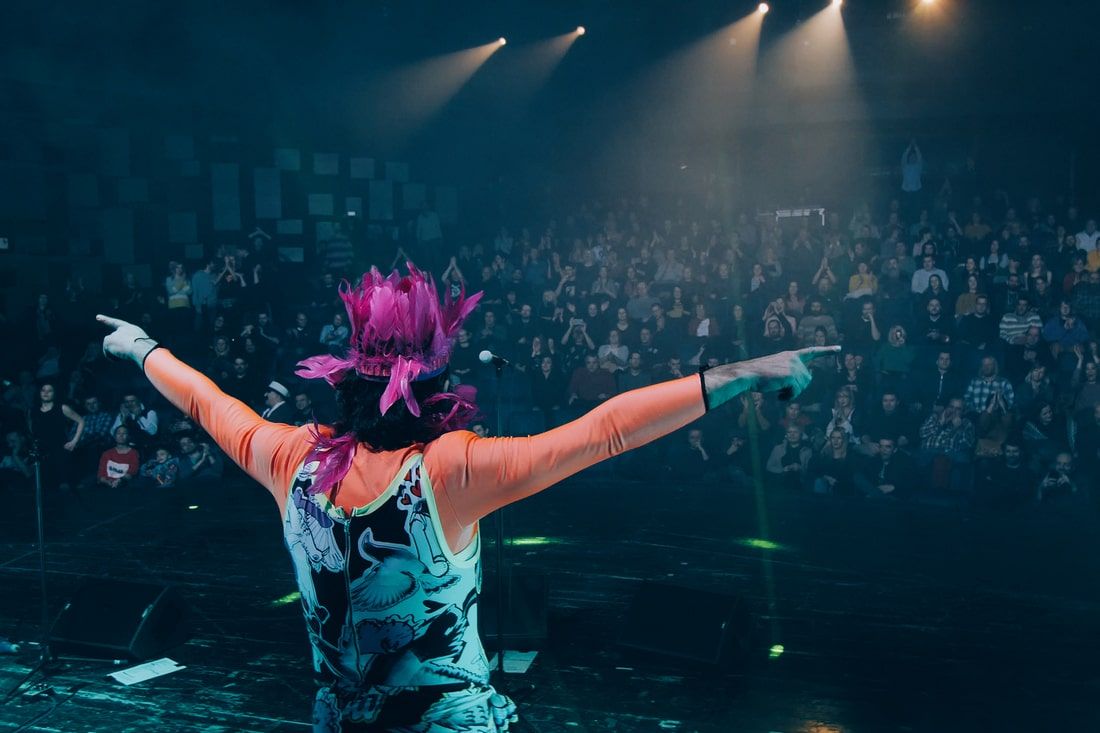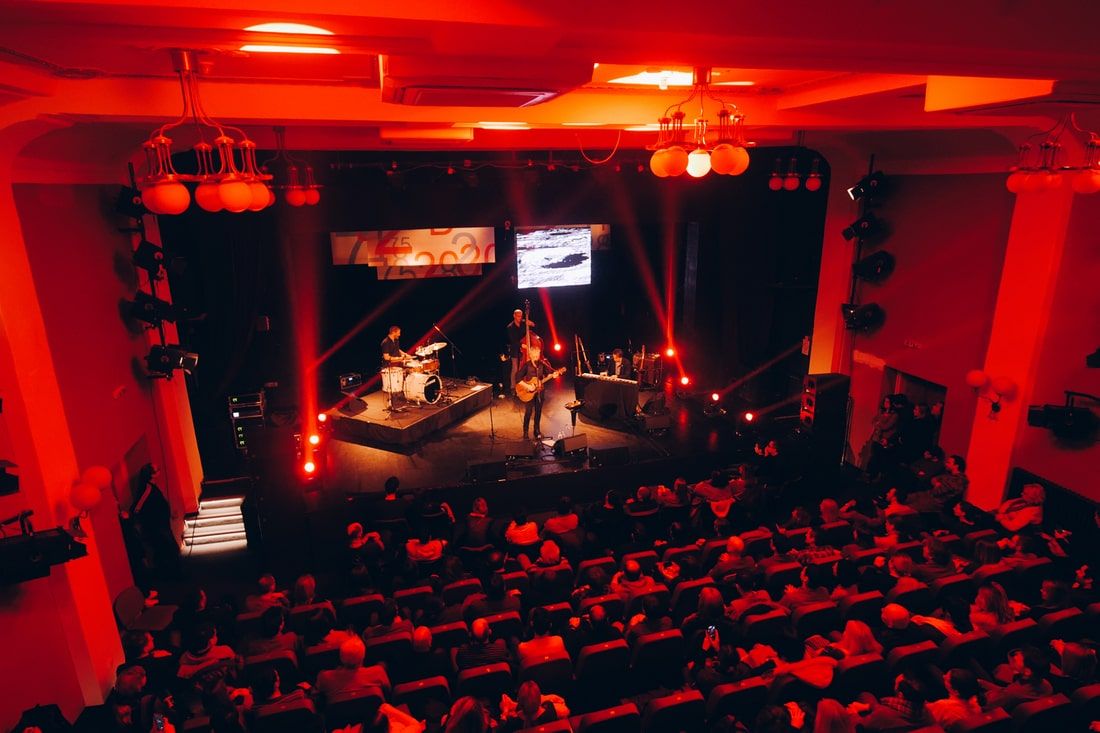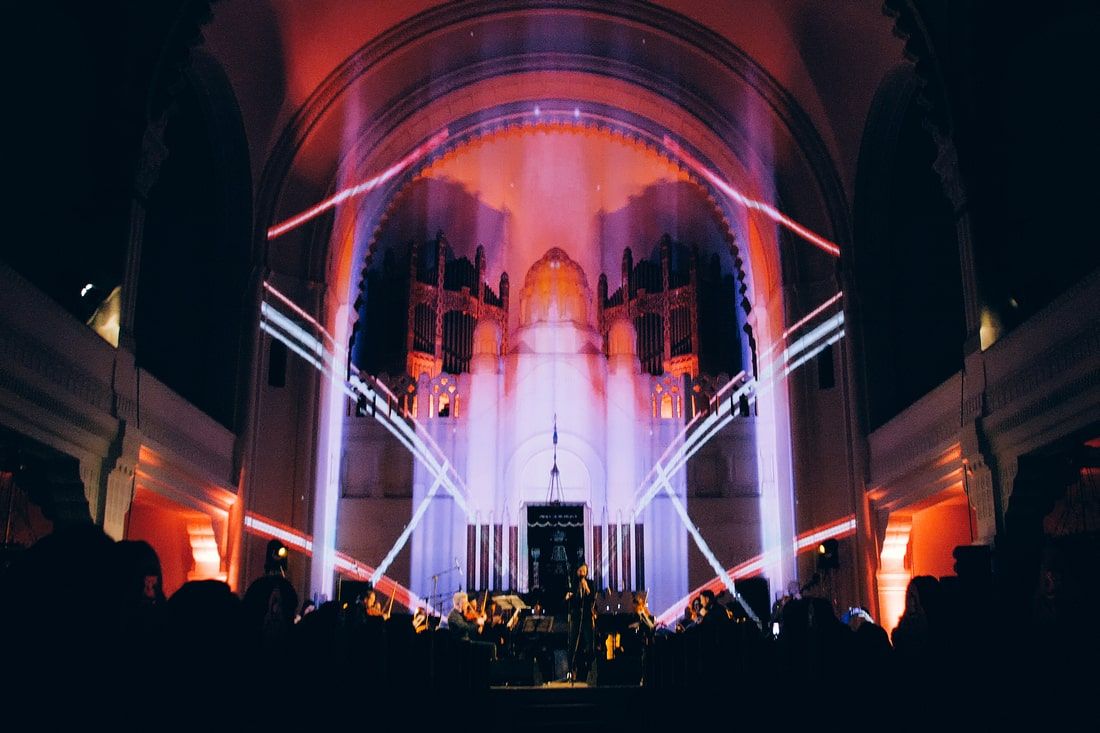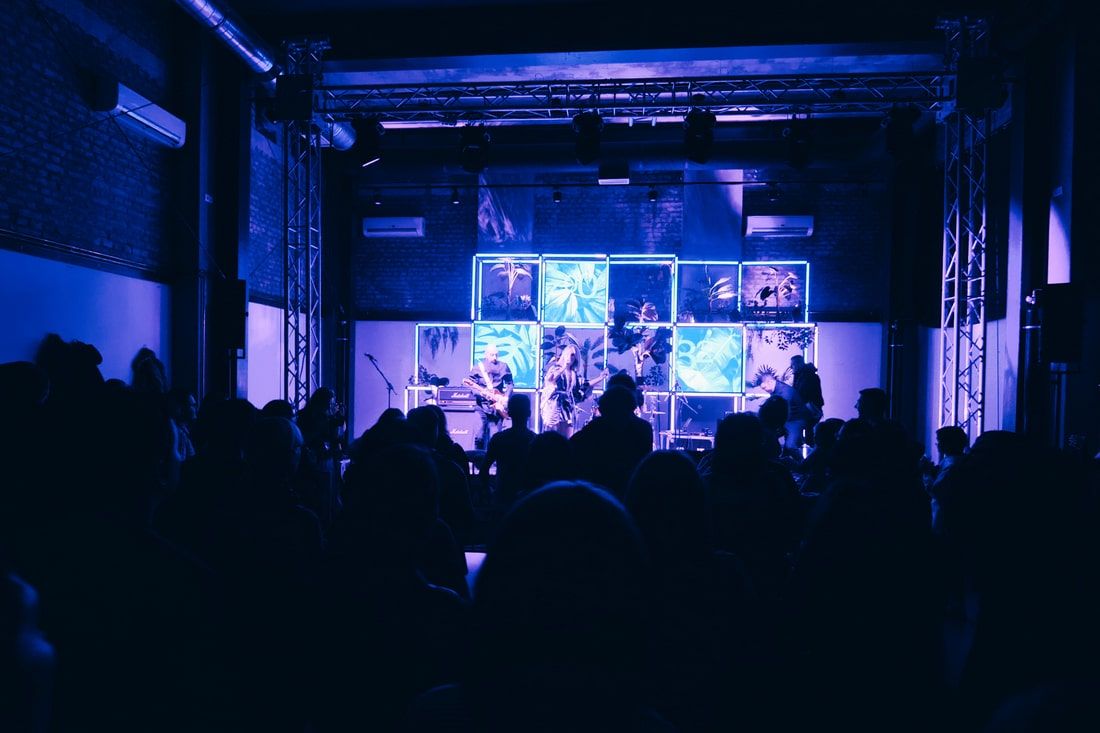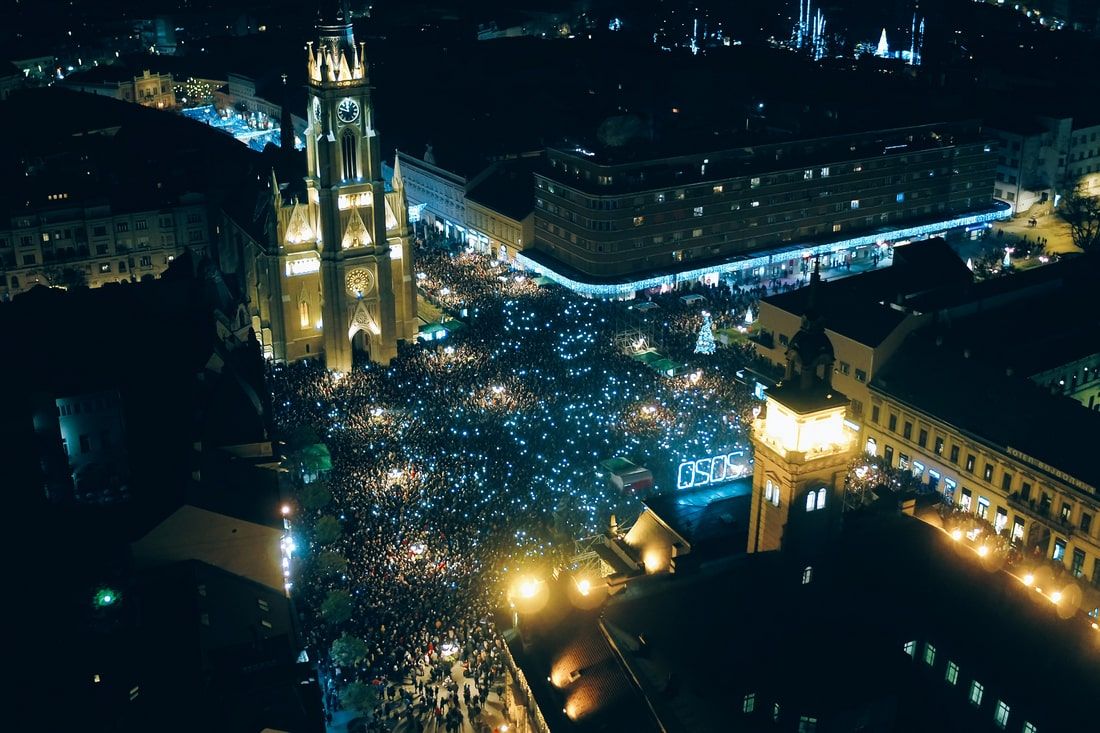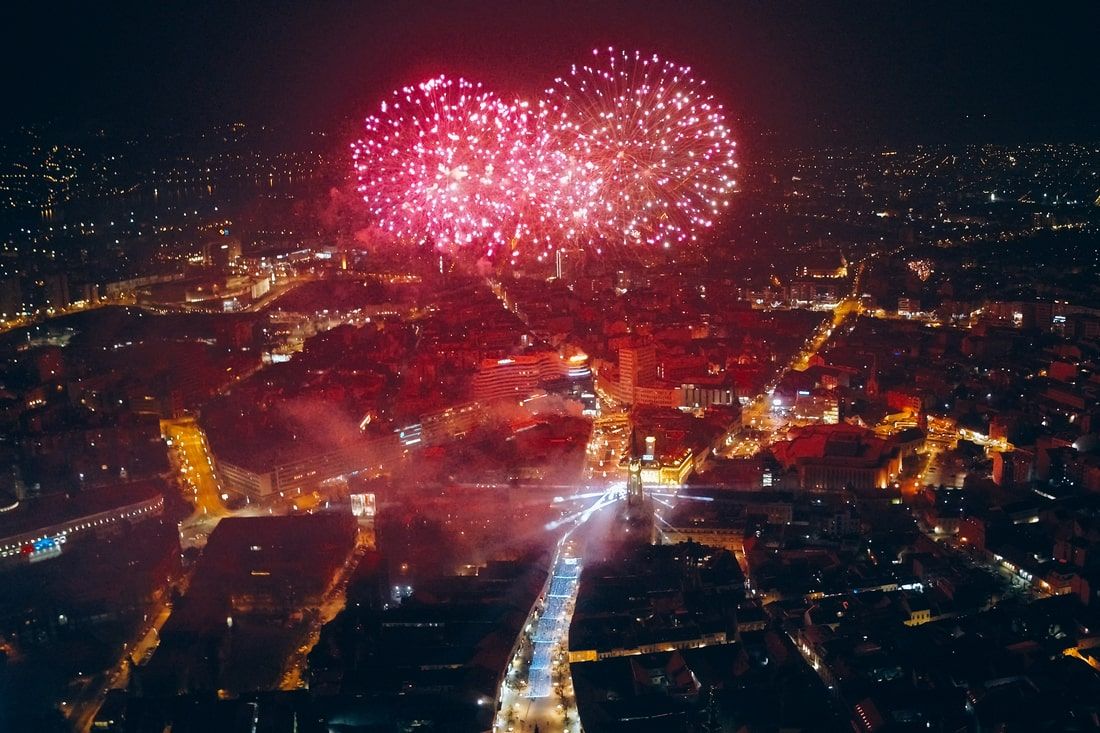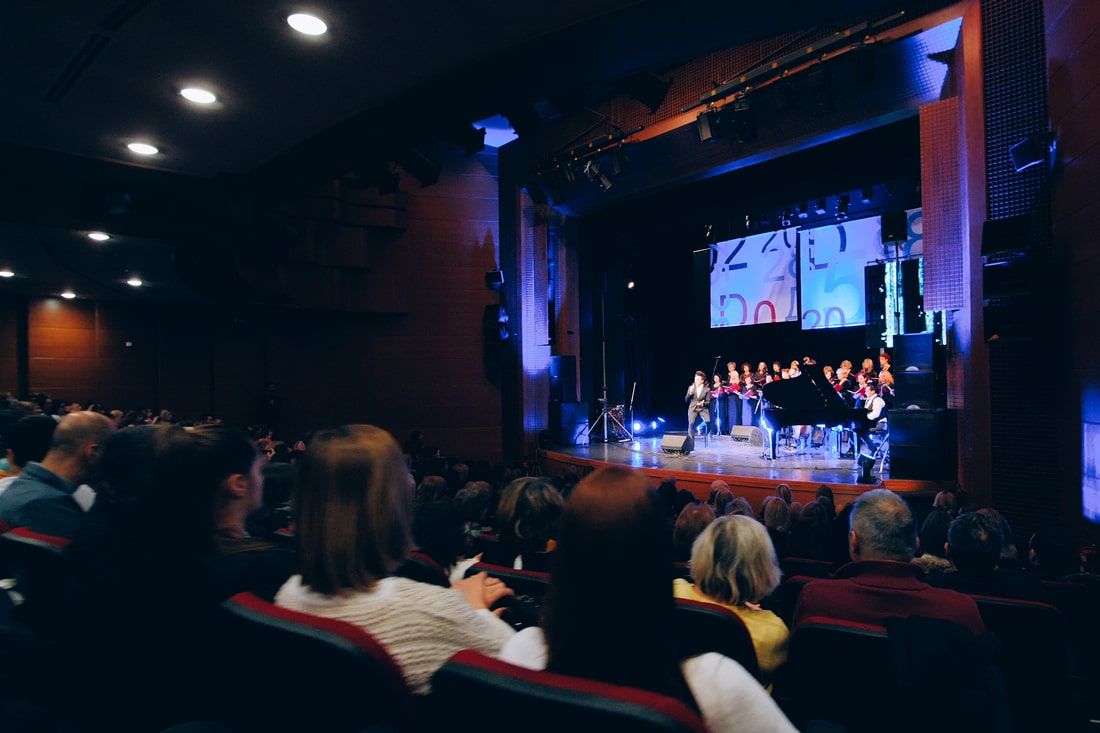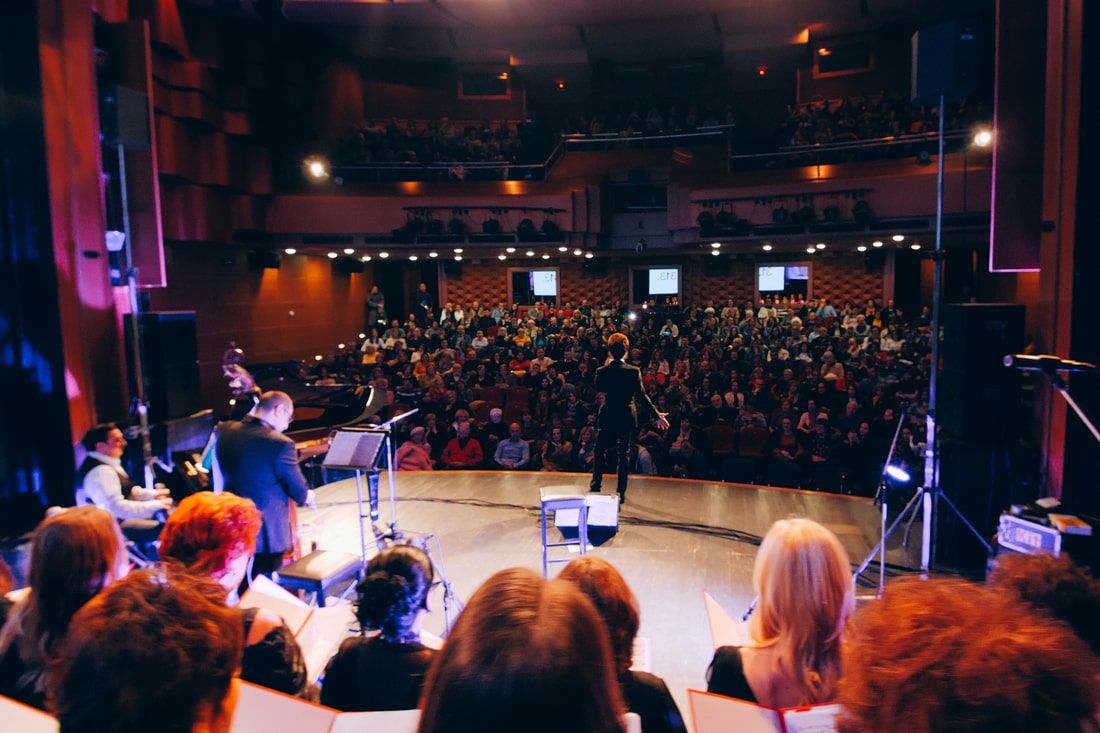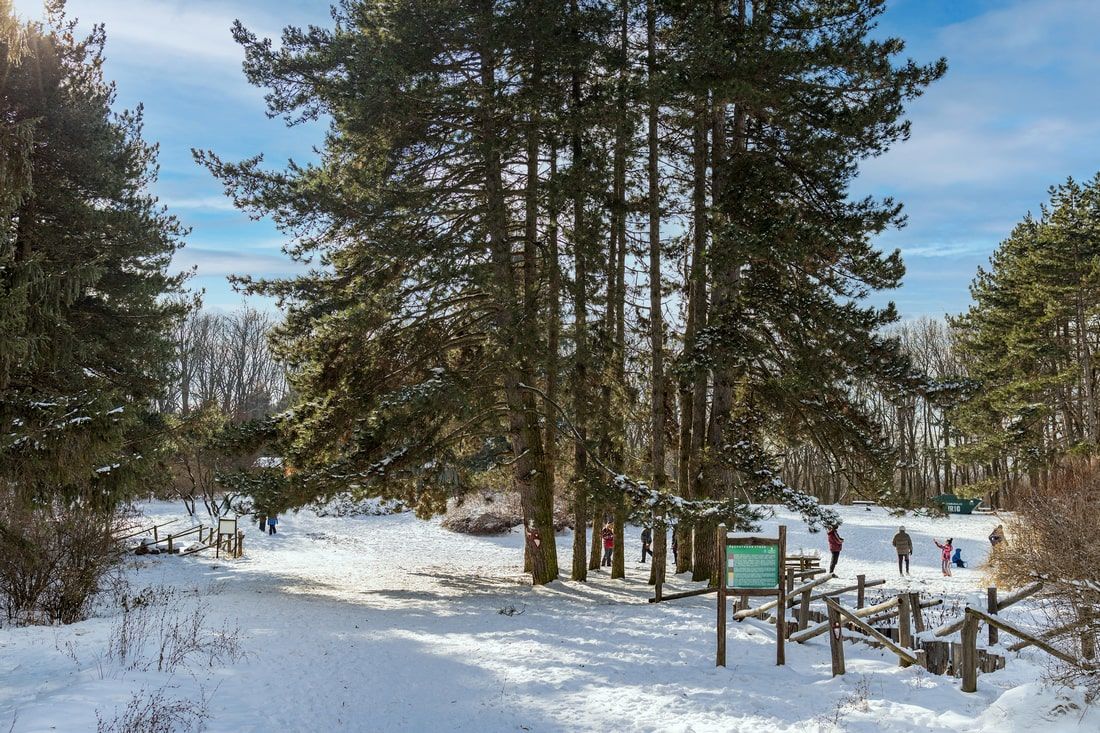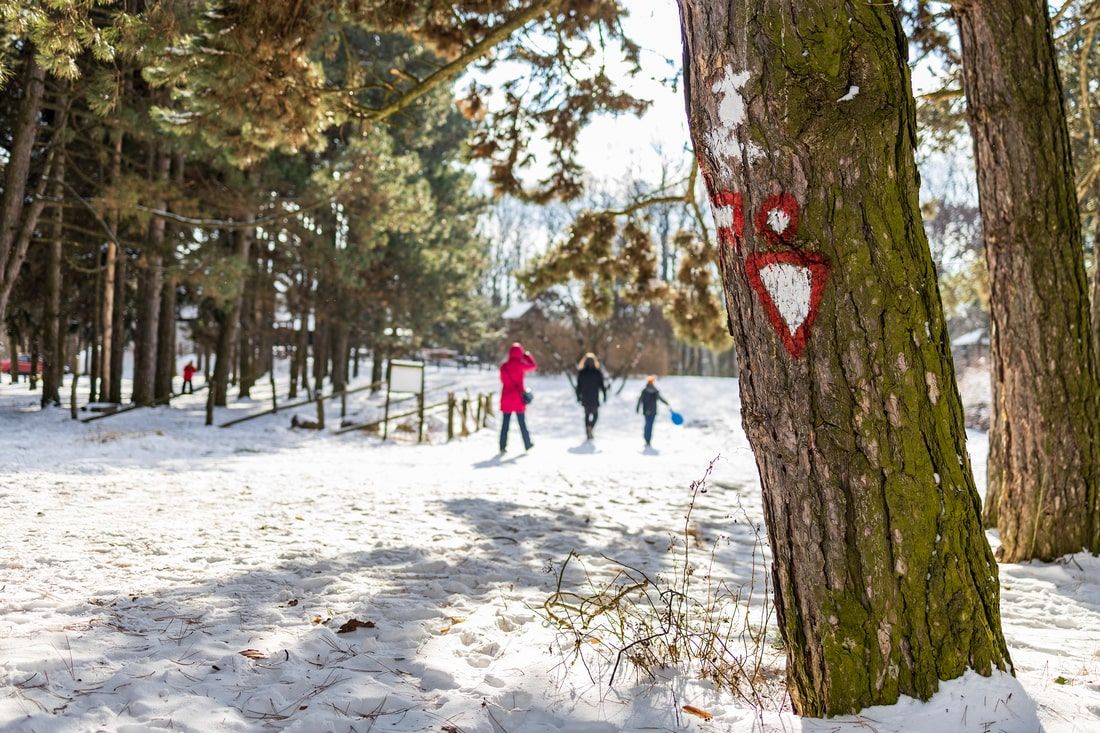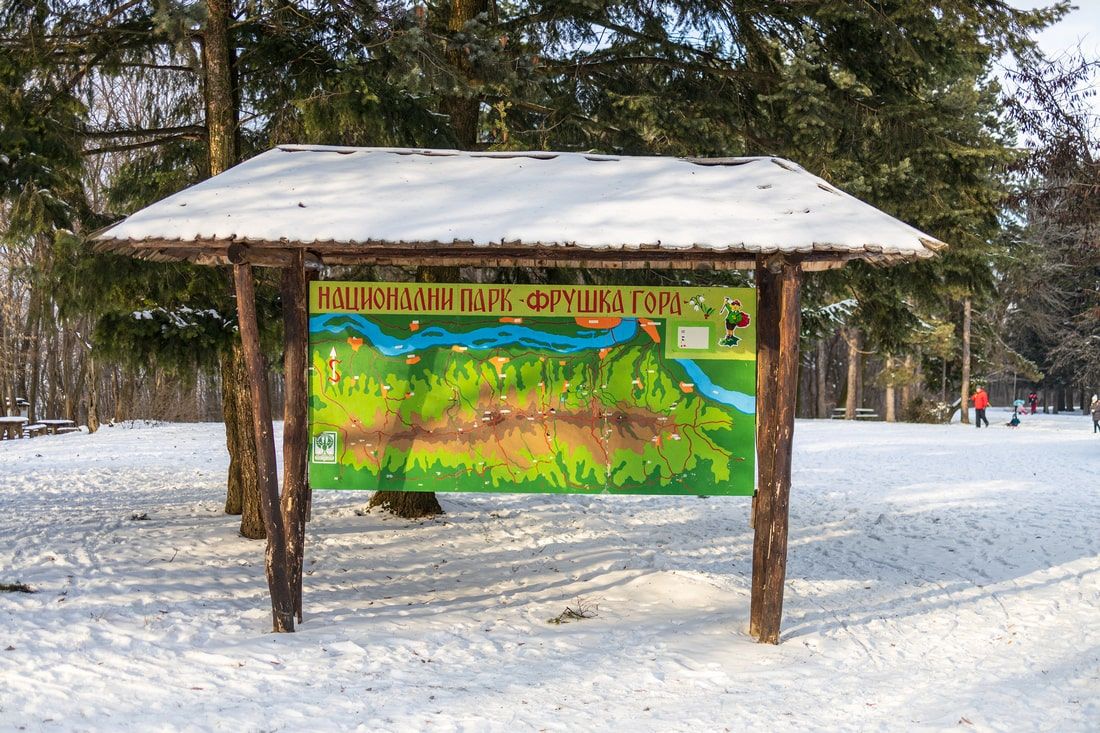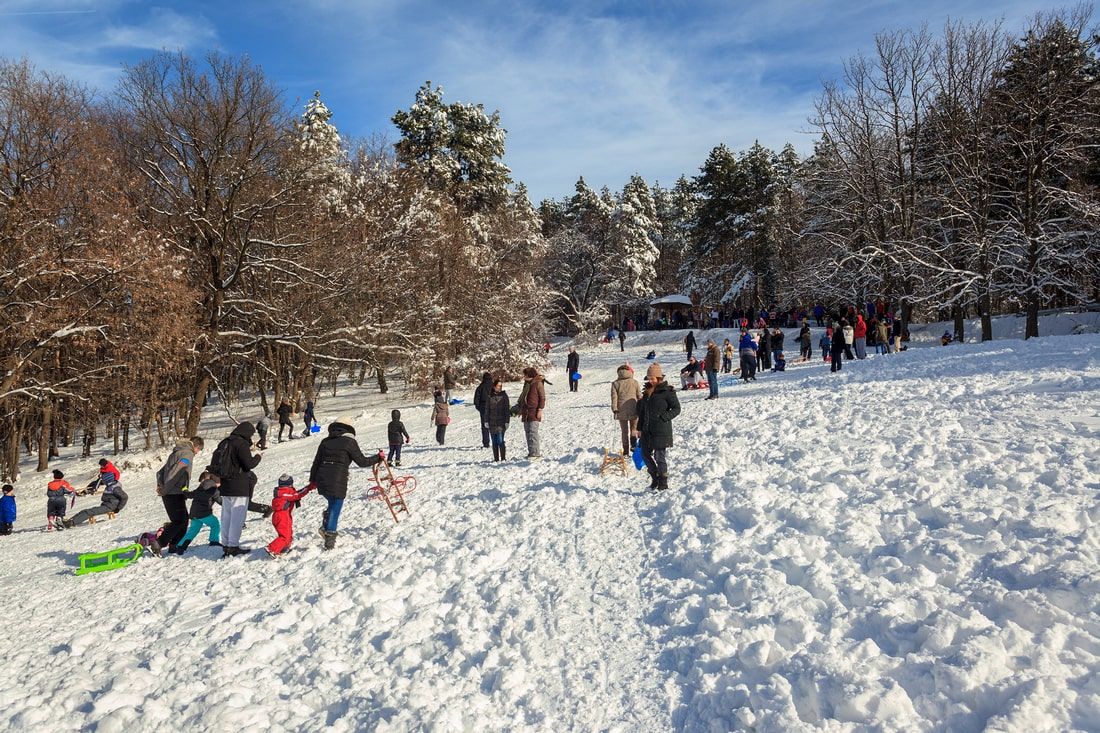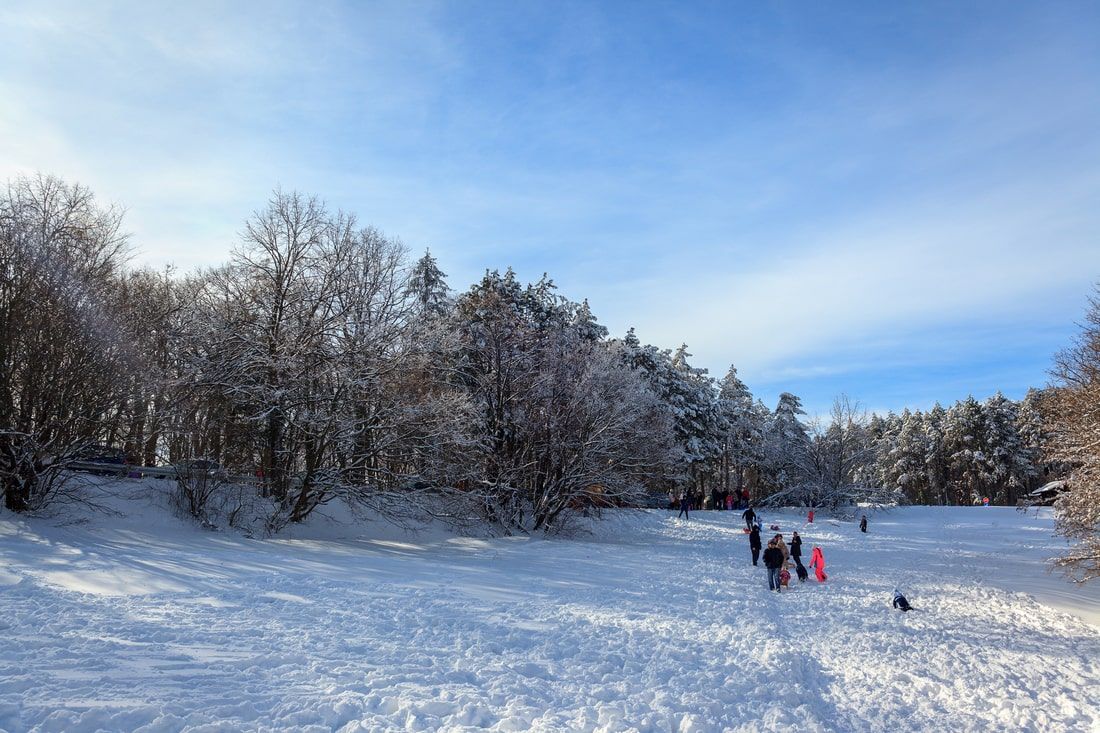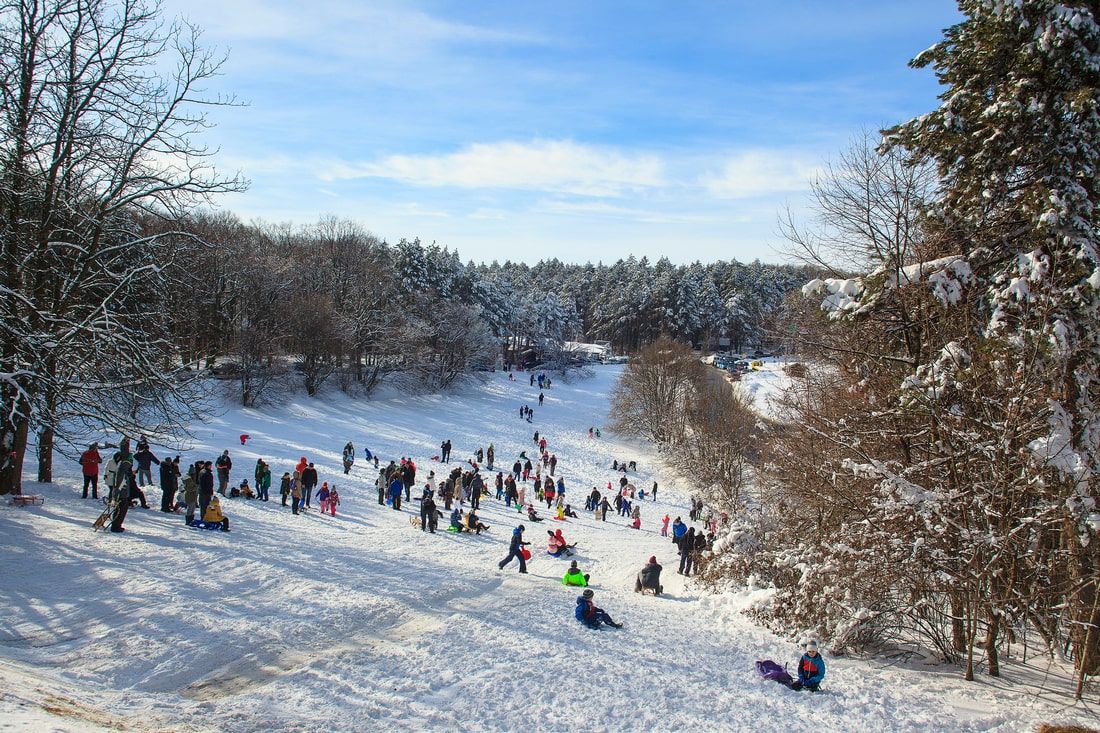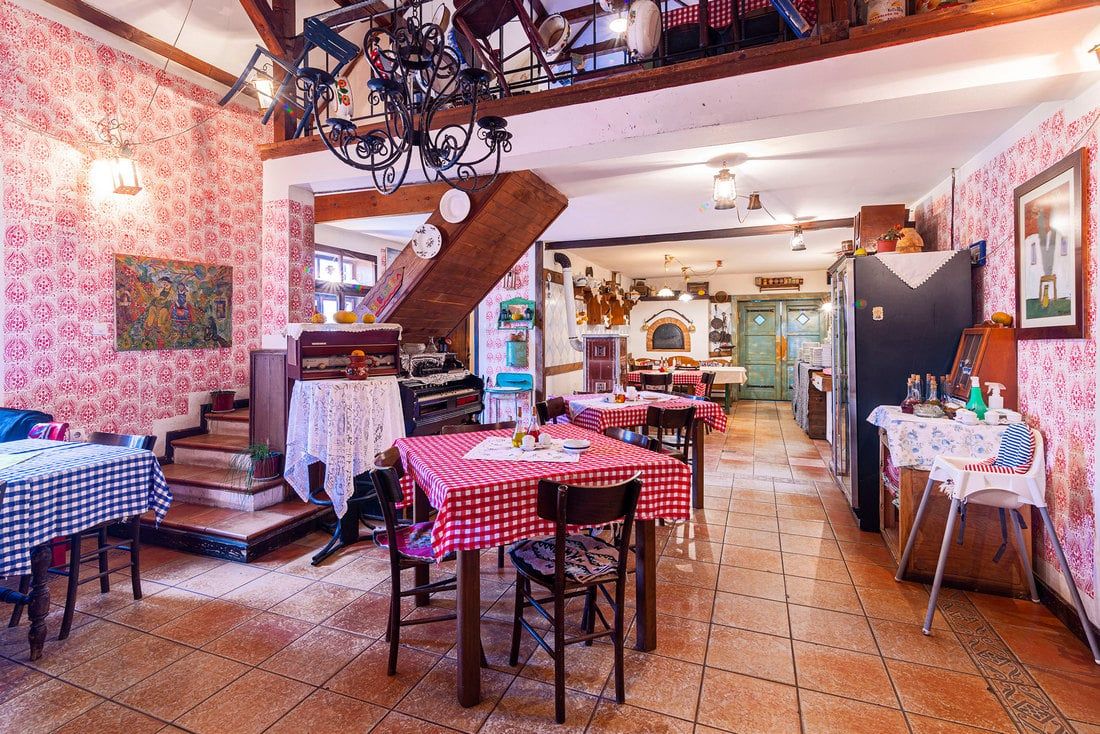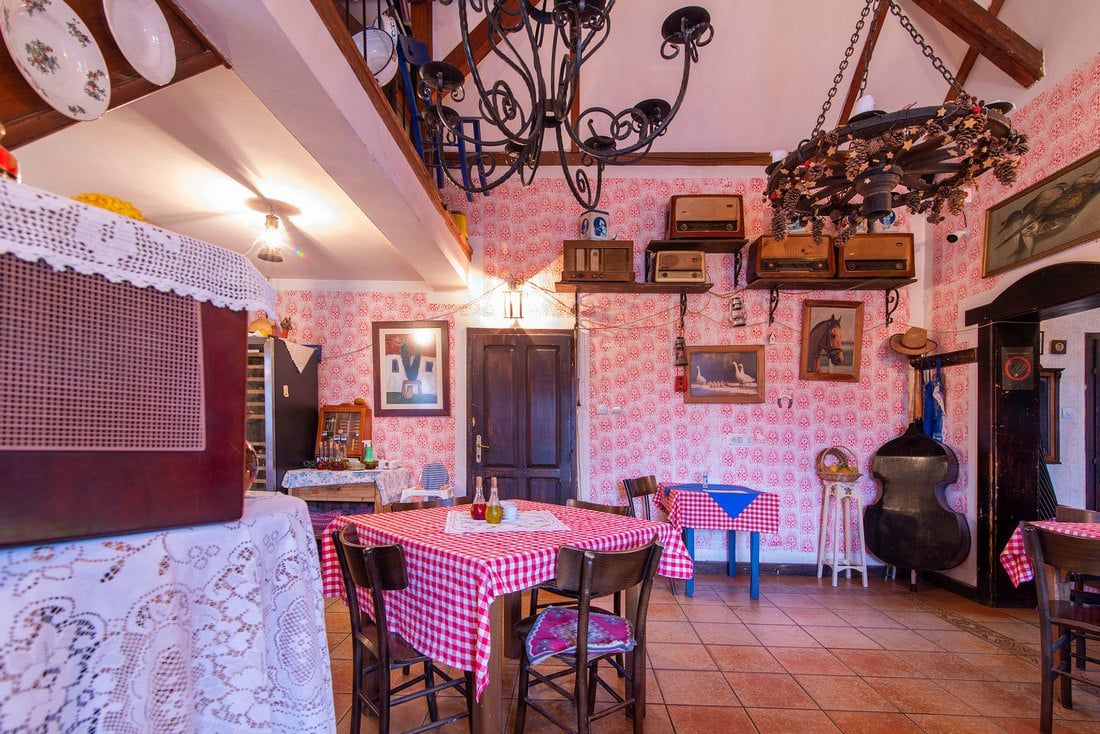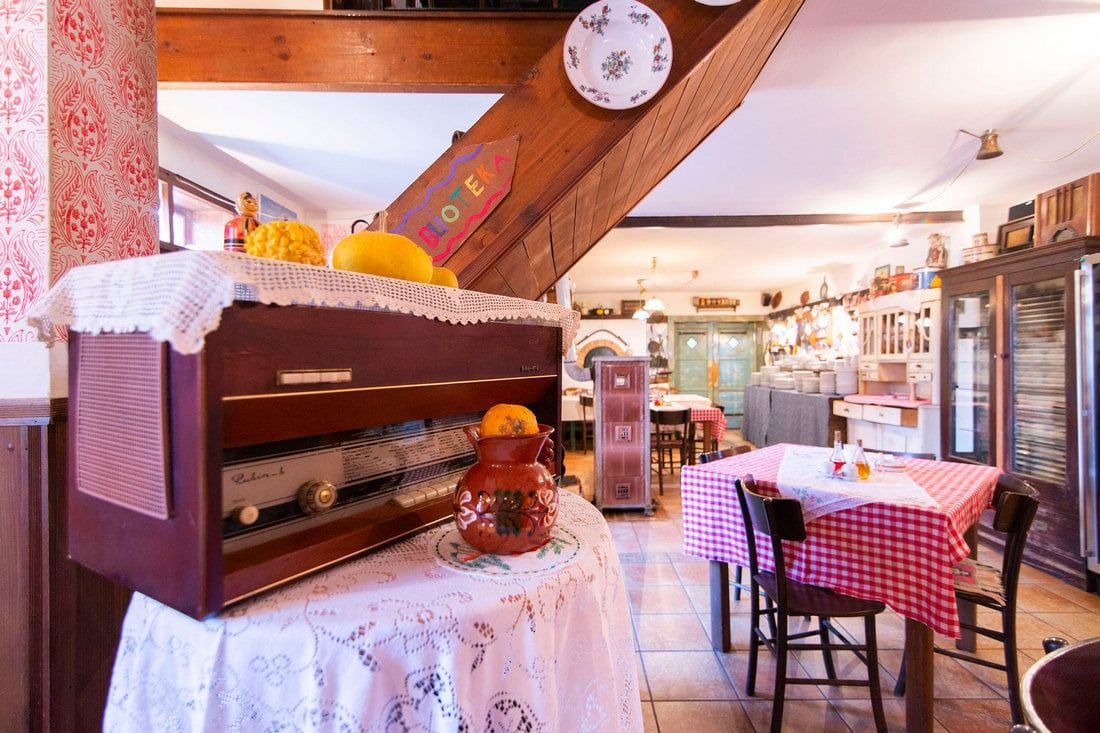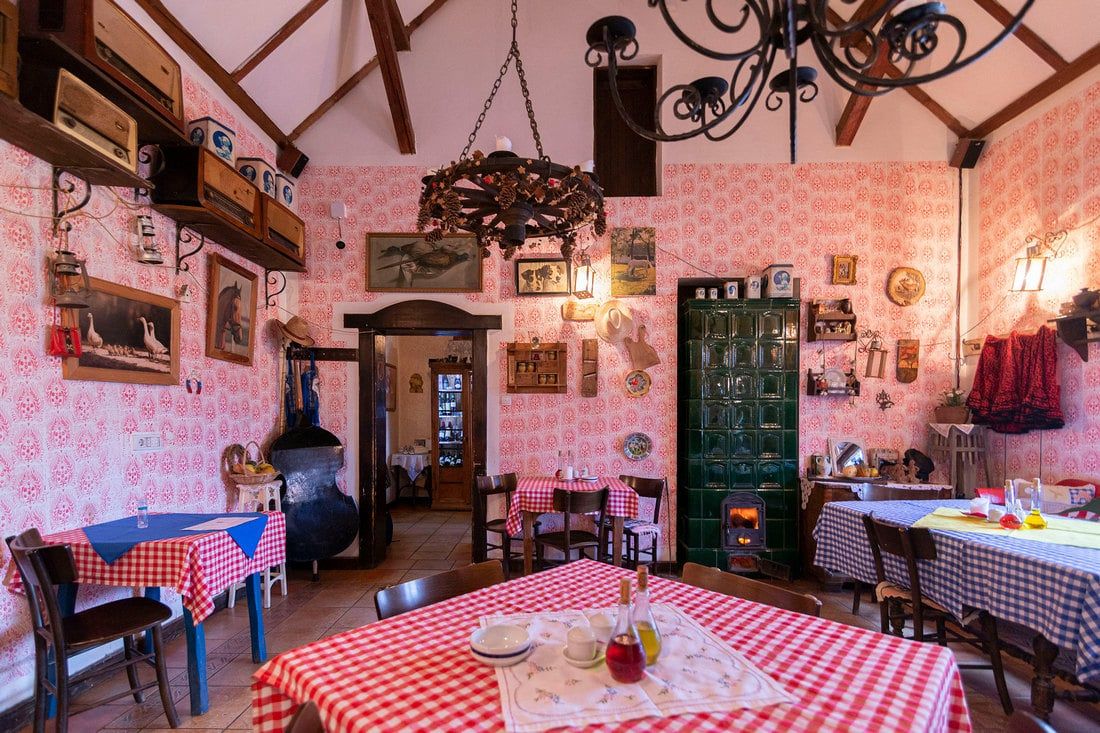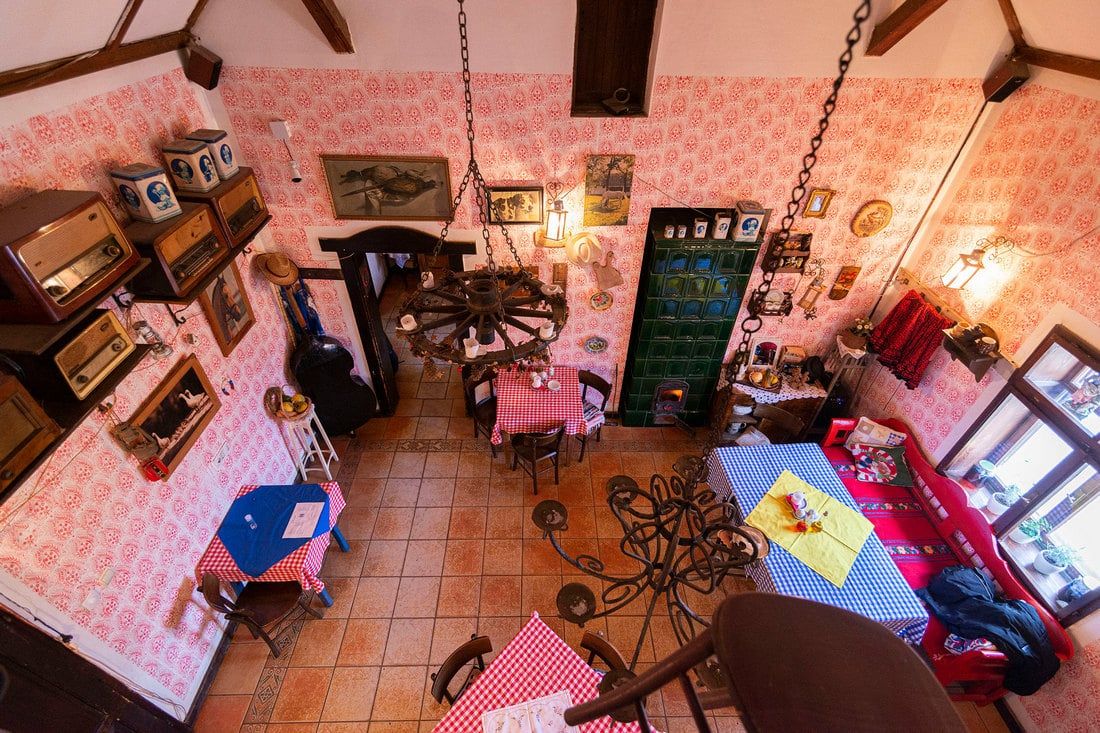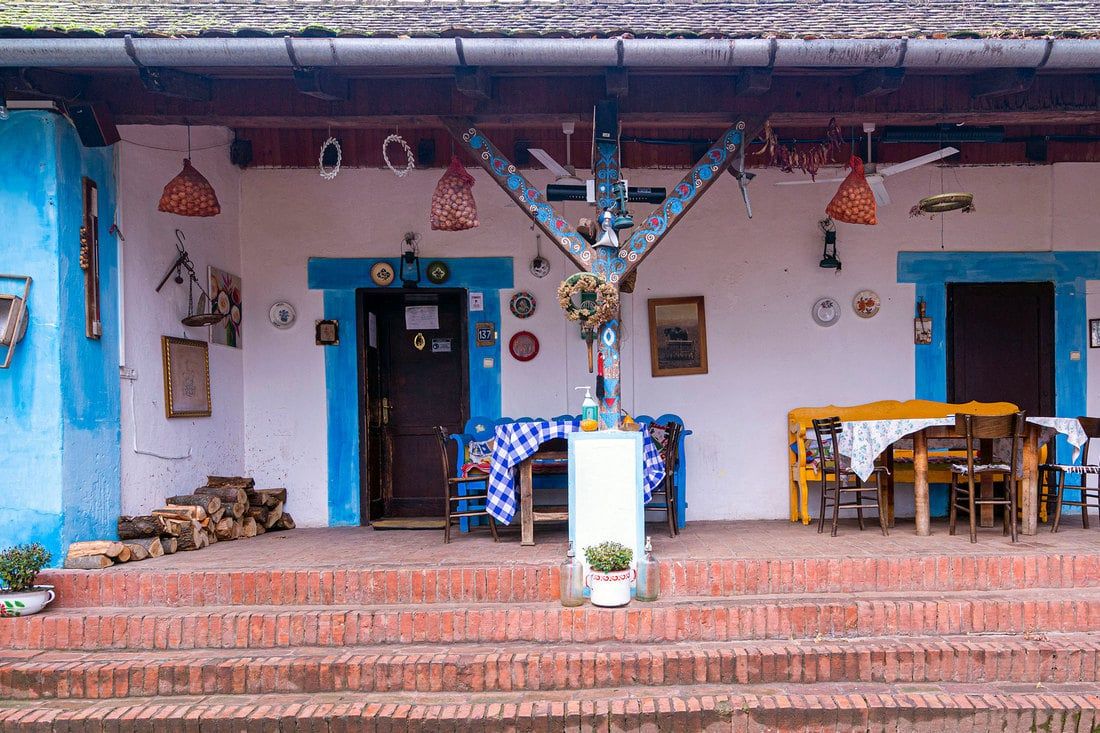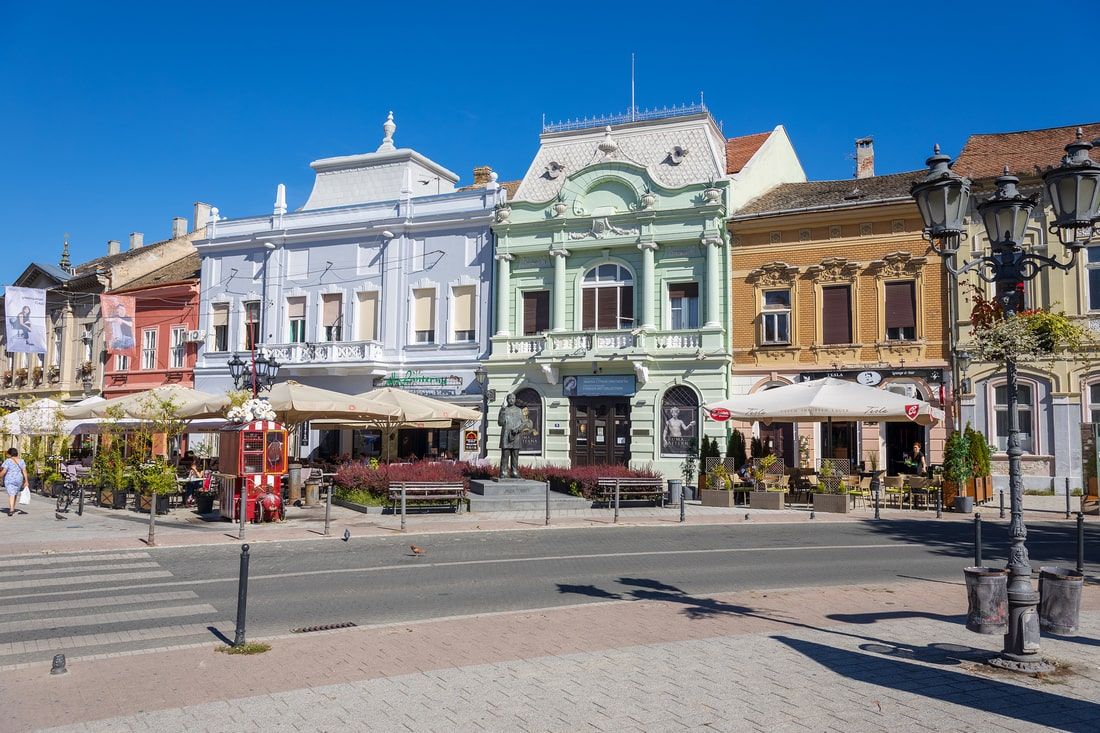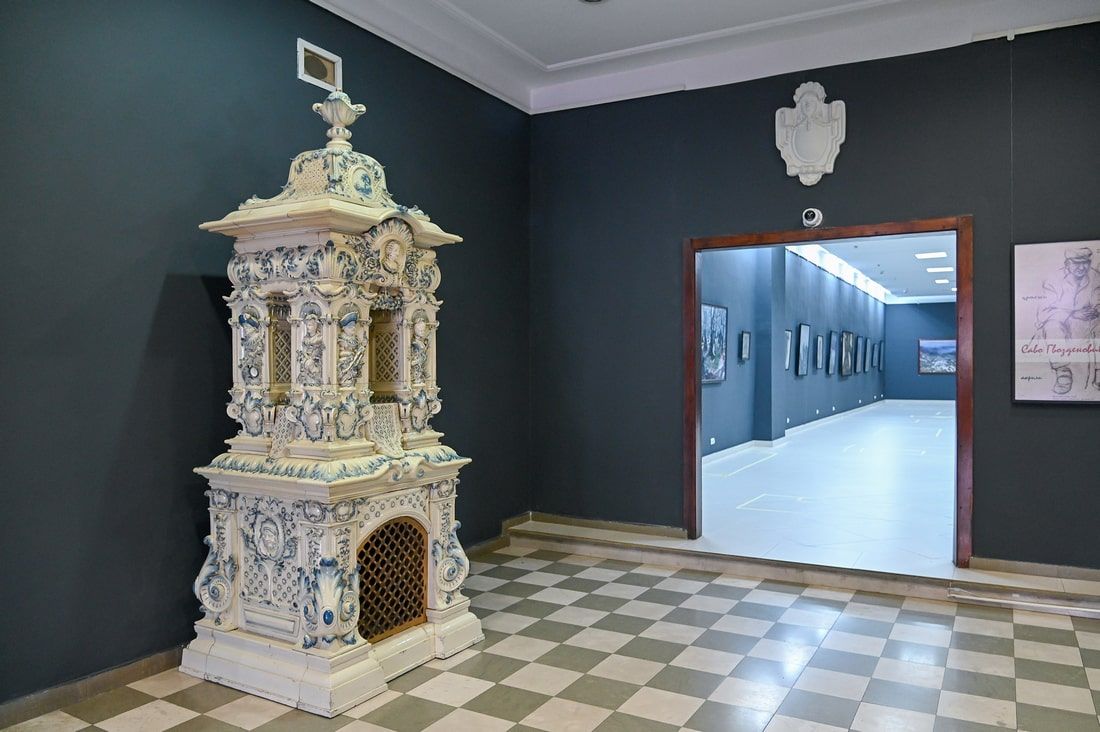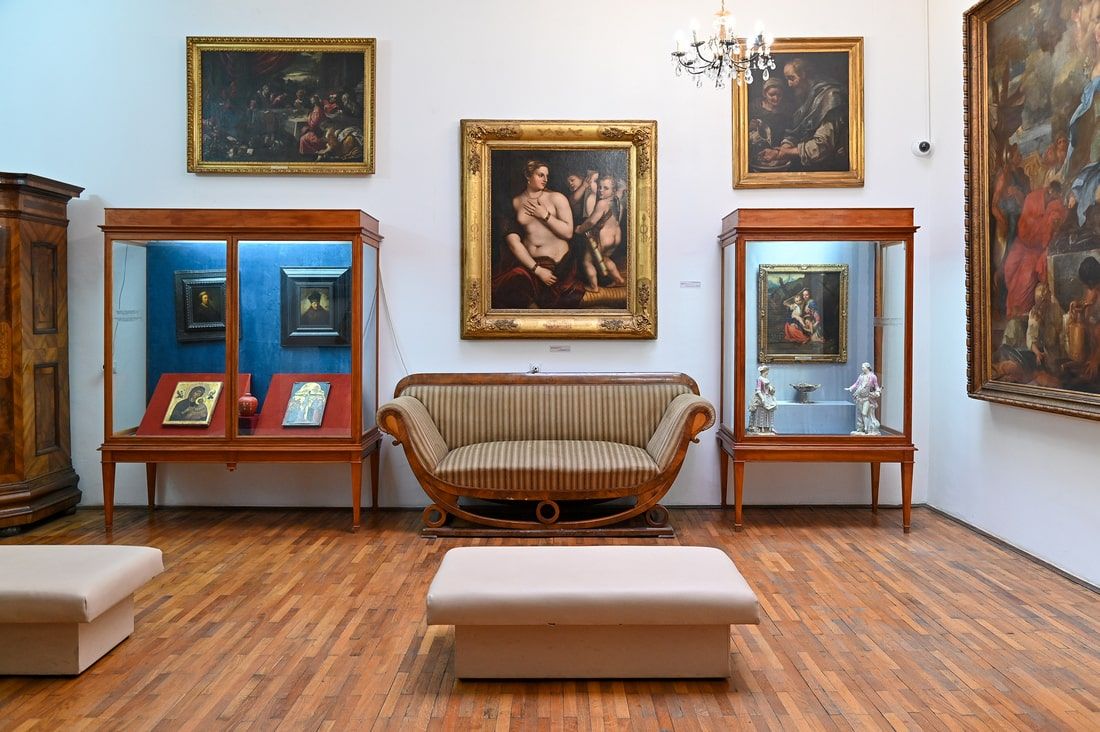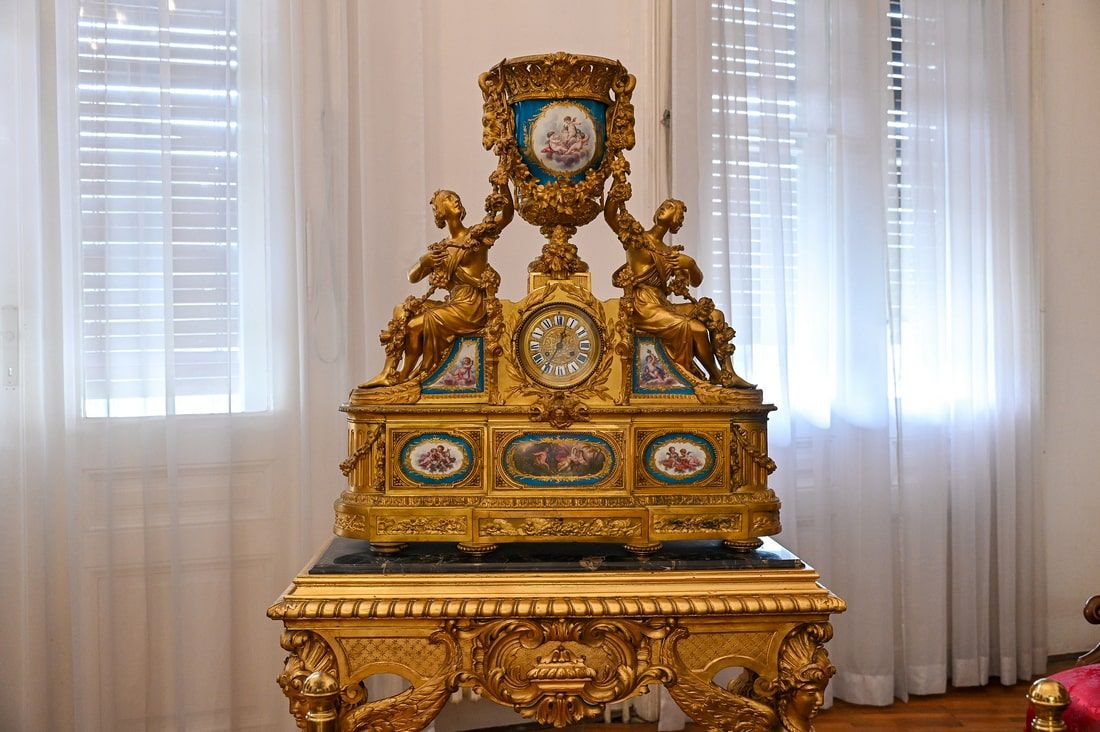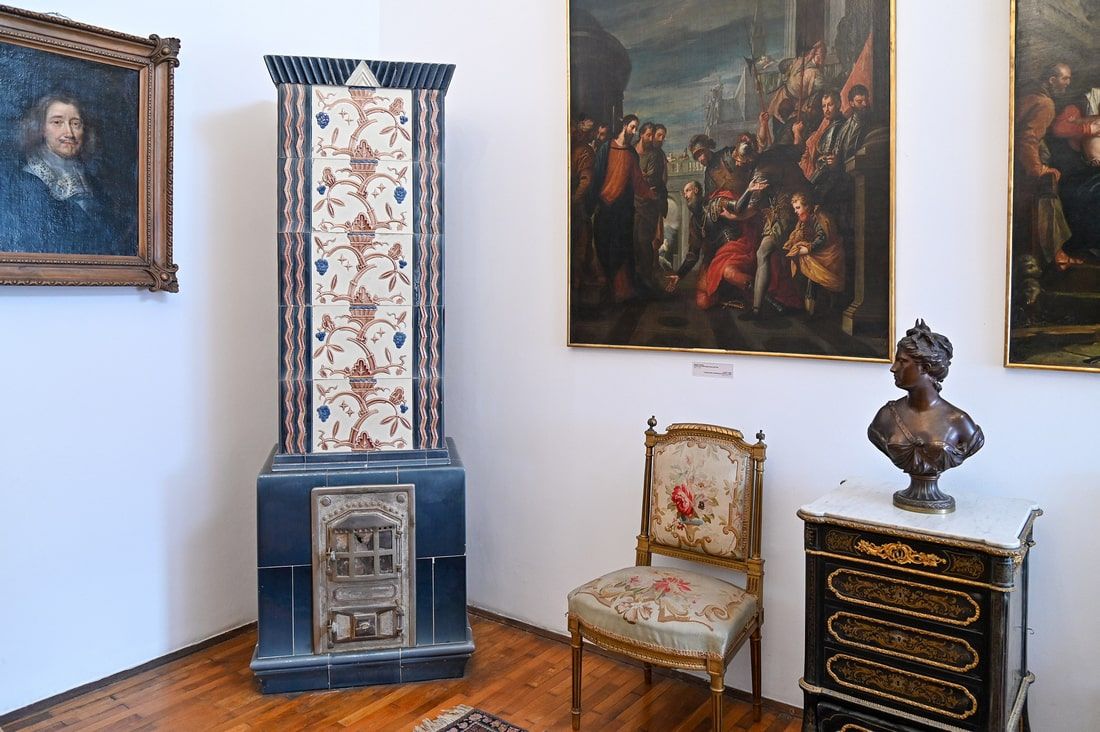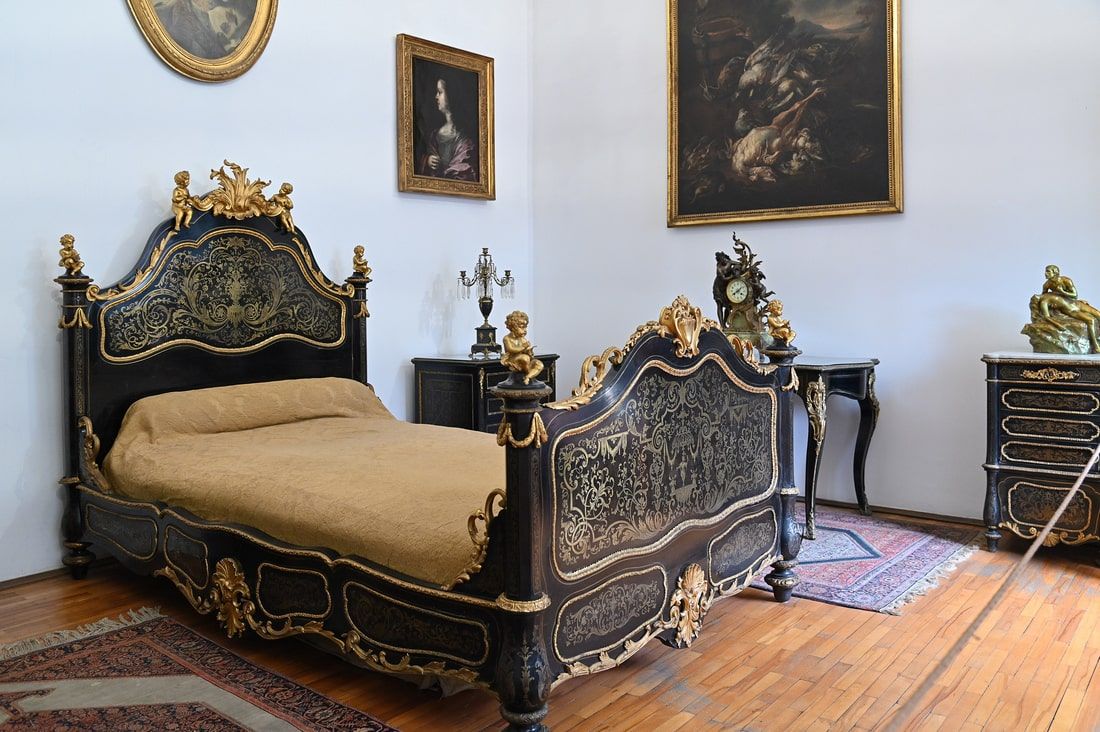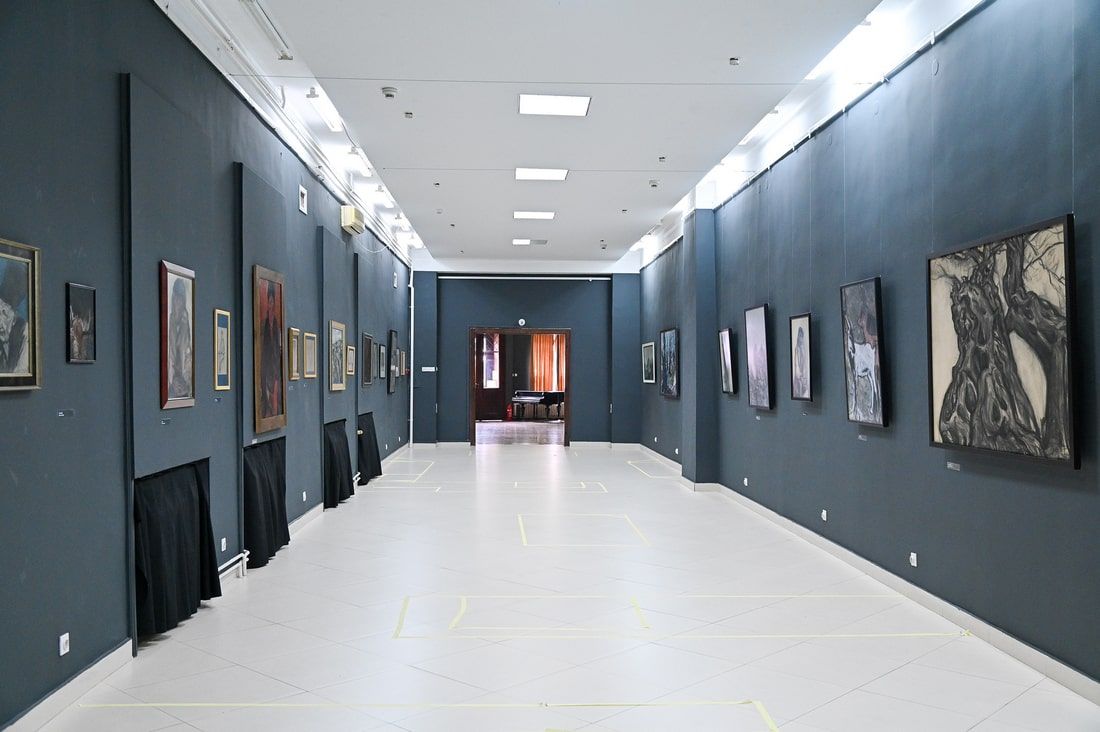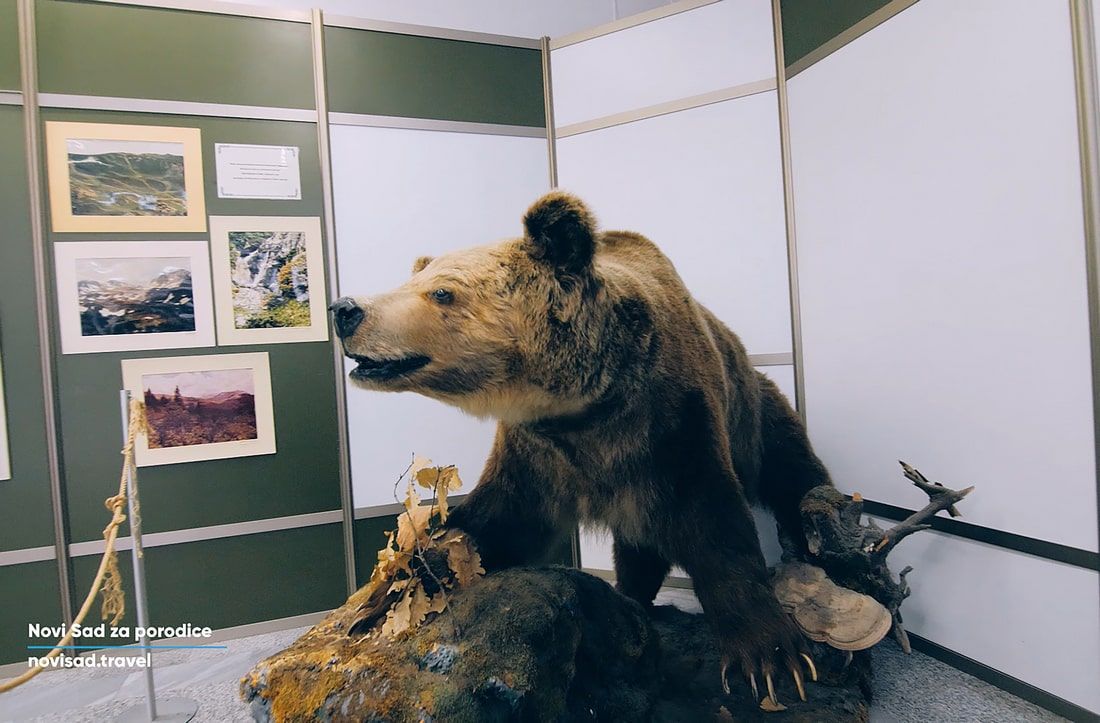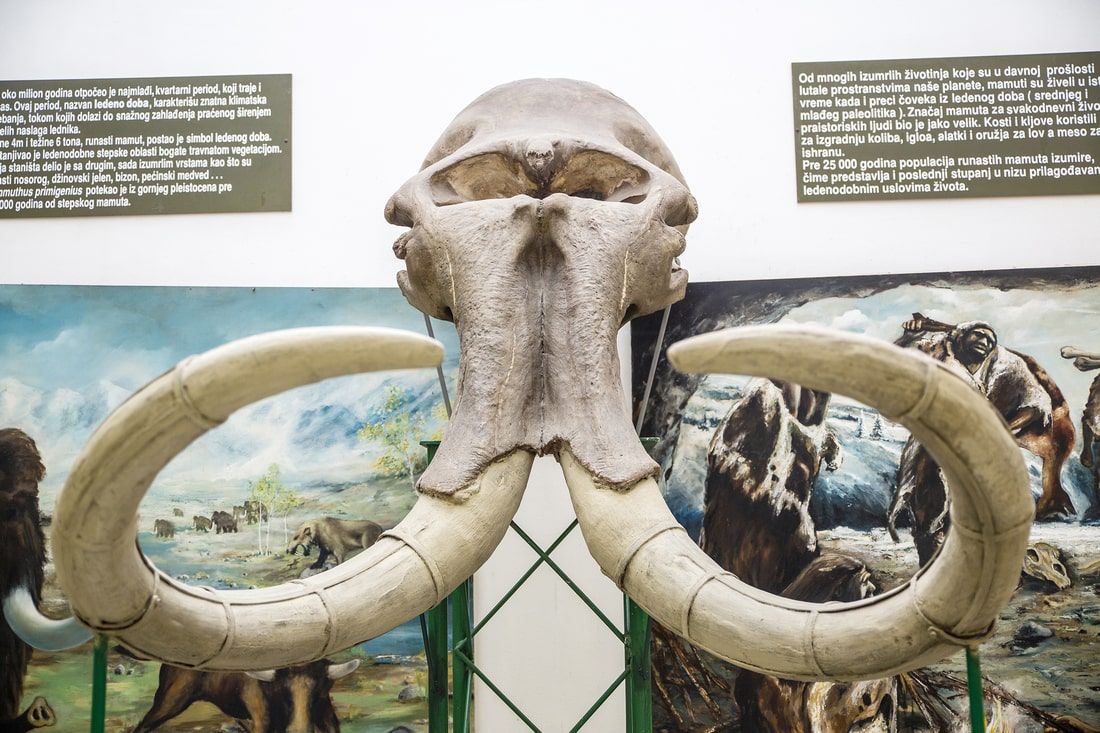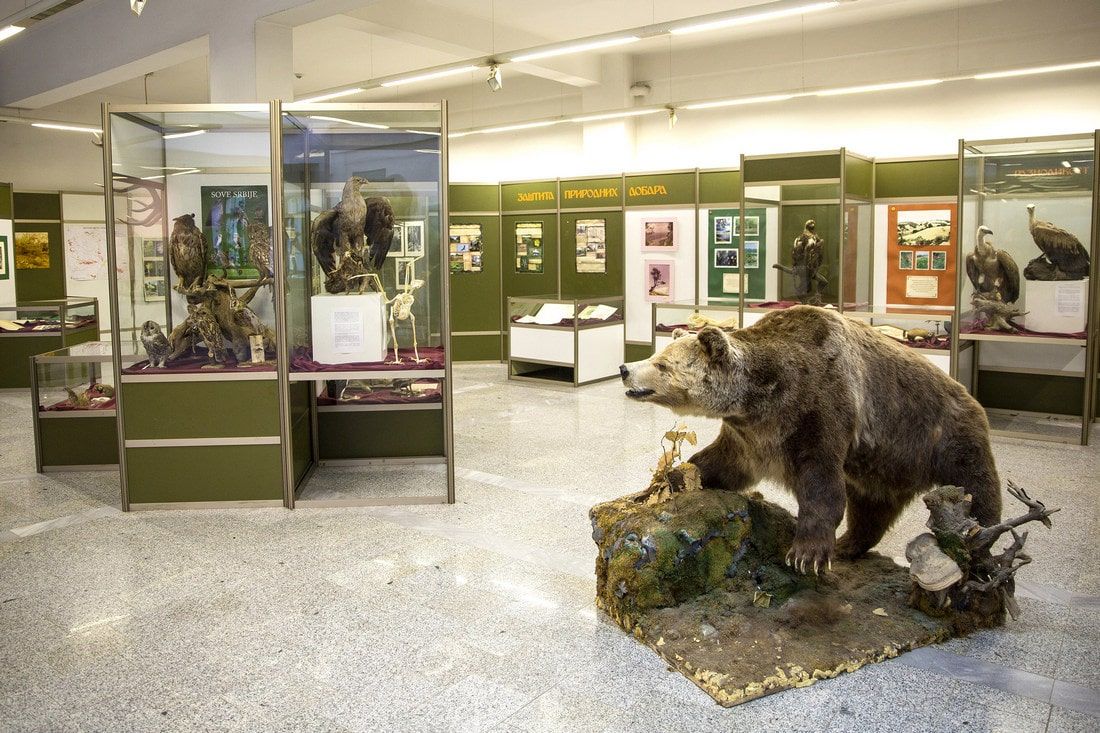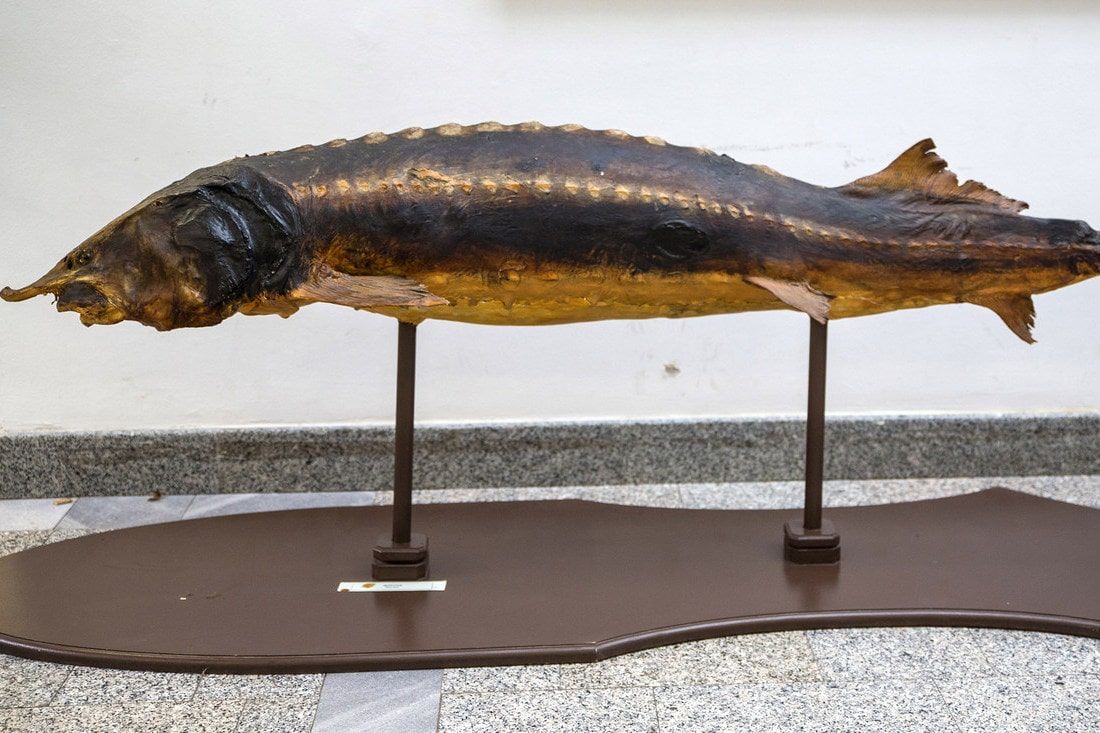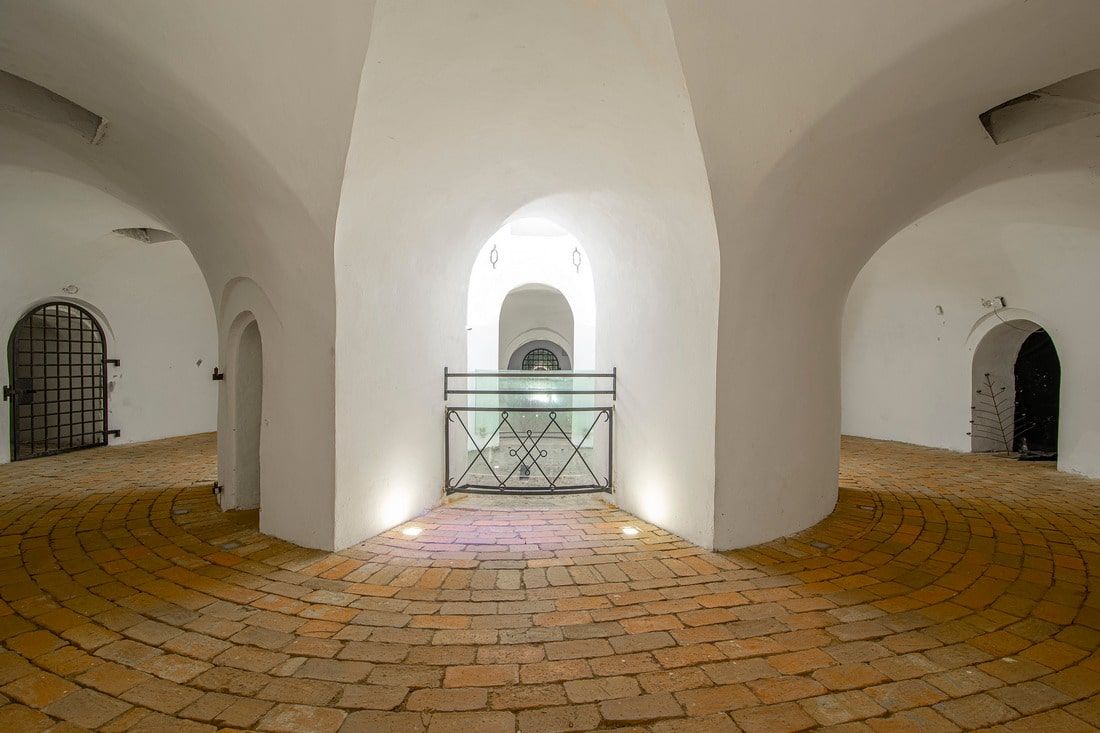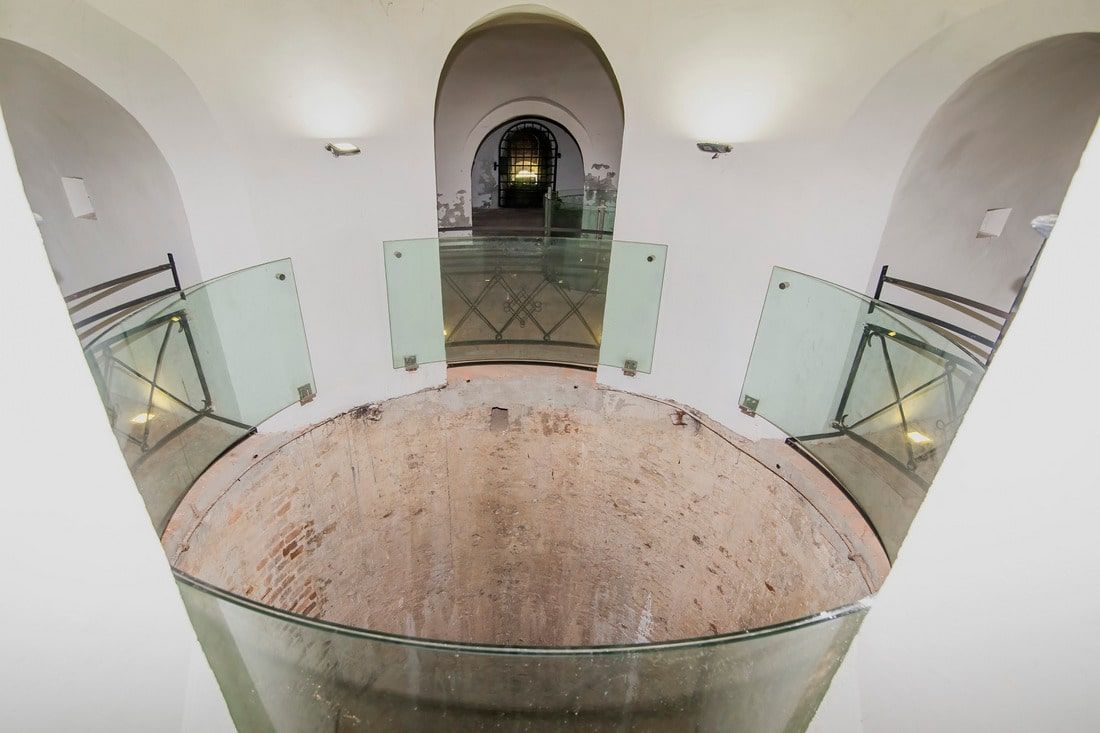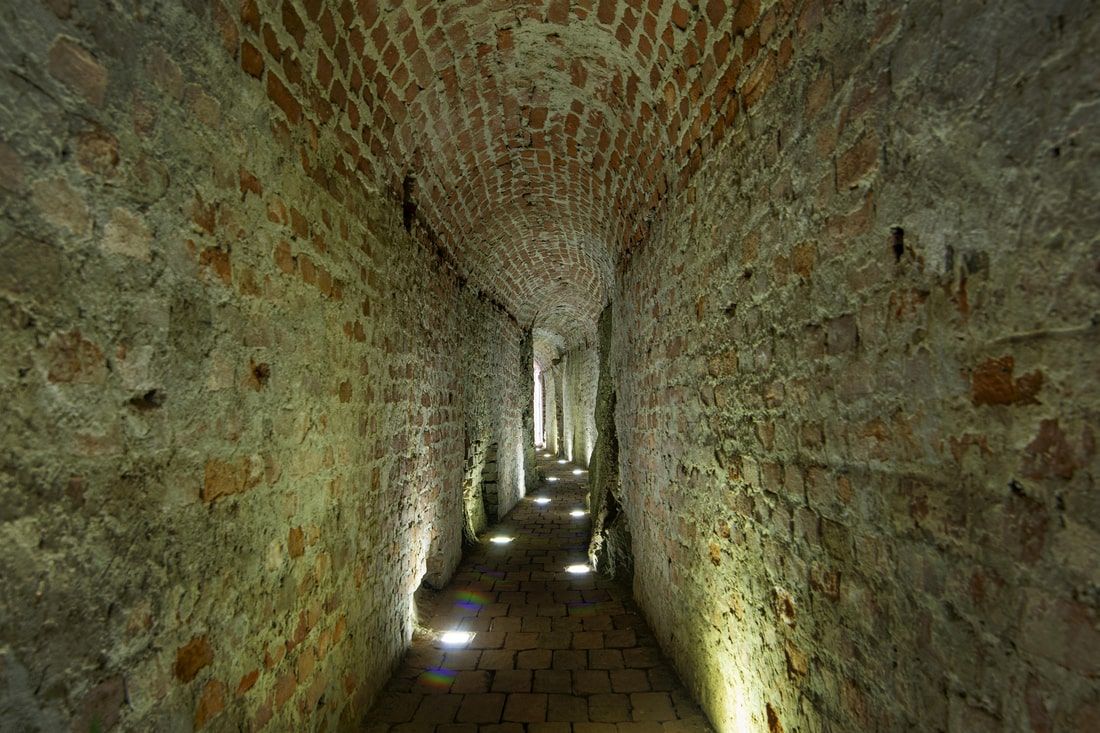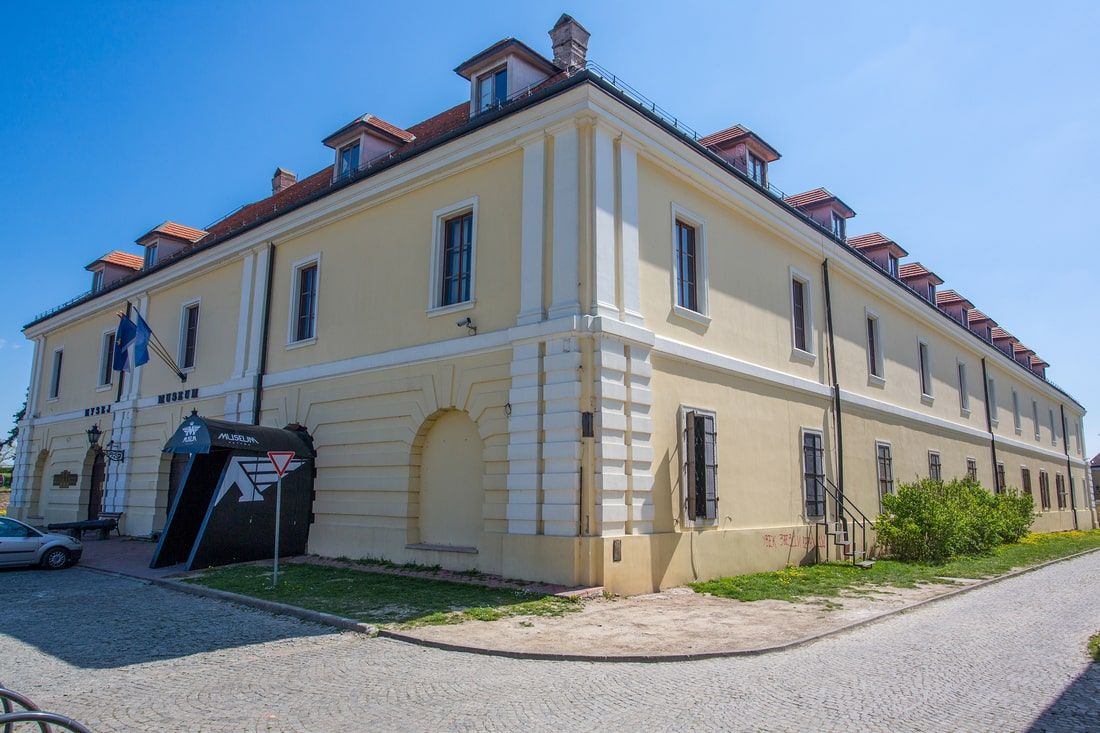52 Weekends- January
Velika Remeta monastery and Cave of Bethlehem
The happiest Christian holiday, Christmas, is traditionally celebrated with the family, but it is also an opportunity to visit Orthodox churches and monasteries.
At the far eastern part of Fruška Gora there is the monastery of Velika Remeta with a church dedicated to St. Demetrius. According to folk legend, the monastery was founded by King Dragutin during his reign in Srem, but the first written data date from the middle of the 16th century. Velika Remeta is particularly recognizable for its baroque bell tower, which is 38.6 meters high, namely the highest among the bell towers of Fruška Gora.
As part of the monastery estate, the paradise garden of Abbot Stefan, a replica of the Mount Zion and the Cave of Bethlehem, where Jesus Christ was born will be a special kind of Christmas reminder for you.
The restaurant Šumski raj (Forest Paradise) is nearby and so are the monasteries of Krušedol and Grgeteg.
Text: Miloš Dunjić
New Year’s Eve celebration according to the Julian calendar
Novi Sad is already recognized in the regional framework as a commune that celebrates two Christmases, two Easters and two New Year’s Eves with equal cordiality. It is the matter of observing two calendars, the Gregorian one, which has been in official use in Serbia for a hundred years and concerns all the citizens, and the Julian calendar, which is observed by the Serbian Orthodox Church.
Programmes of different contents and intensities in different parts of the city start in December already, and end at the end of January of the following year. The celebrations of the New Year’s Eve – the first on December 31st and the second, the Orthodox New Year – on January 13th, have a rich, solemn, cheerful and artistically valuable character and are part of the tourist offer of Novi Sad.
In this spinning wheel of impressions, the Julian or Orthodox New Year’s Eve has a special meaning, temperament and identity. The celebration has long had a touch of freedom of informal acting, and its worshipers have a space for primordial joy that sometimes reaches pagan liberties. Today, this holiday is slowly obeying the laws of the market, and the “Novi Sad 2022” Foundation, the holder of the programme for the year when Novi Sad is the European Capital of Culture, created the cultural product “Two New Year’s Eves”, and included programmes for Orthodox New Year’s Eve, with the aim of reaching the world standards of the offer that can be presented by the local creative industry. However, on the outskirts of the city or in certain areas of the city, it is still possible to feel the magic of liberation from institutional and consumer conditioning, which has always been marked by the Orthodox New Year’s Eve.
Text: Gordana Stojaković
Winter magic at Fruška Gora
Fruška Gora National Park is, so to speak, within easy reach. Adventurers and nature lovers who like to walk in the woods will be thrilled when they put on hiking boots and embark on exploration and adventure. Without exaggeration, we can say that Fruška Gora is visited in winter with the same enjoyment as in summer. Take your phone or camera out of your backpack immediately, keep it handy, because you will find inspiration for photography every step of the way there.
The charms of “Fruškać” are a fun mixture of action and rest, because here you can enjoy sleighing, exploring, landscapes, discovering numerous picnic sites together with friends, family, partner …
Perfectly clean air, along with incredible natural resources, makes this mountain a perfect destination for a real winter fantasy from which you will take the most beautiful memories and return to your childhood, through a sleigh ride down the hill and tumbling, with a roar of laughter.
Warmth of “salaš” farmsteads
December sleet, January snow and winter winds are quite acceptable if we observe them sitting next to “salaš” farmstead stoves and fireplaces, with (mulled) wine, smoking soup and the smell of gourmet surprises in the oven. The winter view from the “salaš” farmstead restaurant brings a premonition of “šajkas” (yawls) floating along the streets and “čeze” (buggy) running along the Danube”, an autochthonous impression of Vojvodina’s nirvana. Let the world stop “there’s plenty of time”, because, after all, if necessary, we will wish ourselves and others at the same time to be “gesund and uphill schnell” and go wherever we need to. Fortunately, uphill is a rarity, and health enters through the mouth. So let’s go to the “salaš” farmsteads, and that is where homemade dishes made from potatoes and freshly dried “pork delicacies” that arrived for tasting are somehow the sweetest anywhere. Many “salaš” farmsteads have simple – farm stoves, around which both old and young are happy to gather, and some of which offer the atmosphere of sleigh ride on the snowy plain. Wherever you are in the “salaš” farmstead story, you will be warm, both around the heart and in the stomach (https://novisad.travel/salasi/).
Text: Gordana Stojaković
Foreign Art Collection – one of the most significant foreign art collections in Serbia
The Baroque palace in Dunavska Street, built for Matilda Schoman in 1903 according to the project of Franz Voruda, is currently the home to the Foreign Art Collection, an annex of the City Museum of Novi Sad. The palace was adapted for museological needs to receive and present to the public the legacy of the Novi Sad collector and physician Branko Ilić, who in 1966 donated to Novi Sad and the Autonomous Province of Vojvodina a valuable collection of paintings and works of applied art from the 15th to the 20th century. The collection contains works of art created in Italy, paintings by Flemish-Dutch painters, works of Spanish, Central European, German, Far Eastern, Serbian and Russian art, icons, graphics, clocks, carpets, textile items, porcelain, glass, furniture and other works of applied art. Of special value are the works of Italian, Flemish and French masters Giovanni Battista Landgetti, Alexandre Managasco, Sebastian Ricci, Peter Clez, Hendrik van Balen, Sebastian Bourdon, Jan van Huysum and others, as well as works of applied art such as watches, silver, carpets, etc.
One should not miss the opportunity to look at the collection of watches from the 18th and 19th centuries. The most valuable among the exhibits is a clock with a porcelain vase from the 18th century of the French workshop Sevres, an extraordinary example of art from the time of Louis XVI. There is also a clock with Apollo and Selena, a clock with a shepherdess and a clock on an alabaster pedestal, all from the 19th century.
Text: Gordana Stojaković
Fleece mammoth from the late Pleistocene in Novi Sad
If you haven’t yet, it’s the right time to go on a tour of the exhibits of the Natural History Collection of the Provincial Institute for Nature Conservation, in Radnička Street in Novi Sad, alone or with children. The youngest will be enchanted by butterflies, the older by fish, and all together by birds: big and small bustard, black vulture and pelican, then a three-dimensional depiction of a forest shrub in which the fiercest enemies stand side by side: wolf, deer, small mammals, rodents, birds… However, the star of the exhibition is a skull with the tusks of a fleece mammoth from the late Pleistocene. A family photo with a mammoth is a real occasion to talk to children about the need to preserve animal and plant wildlife, about the protection of our forests and rivers, about the need to preserve our planet and the cleanliness of our city. The Natural History Collection of the Provincial Institute for Nature Conservation is a space that spontaneously imposes such important topics (www.pzzp.rs).
Text: Gordana Stojaković
City Museum of Novi Sad
The central building of the City Museum of Novi Sad is located in an exclusive place – at the Petrovaradin Fortress. Its exhibits represent the origin and development of the Fortress as well as the centuries-old way of life and work of the inhabitants gathered in the once different urbanities that used to surround the Fortress. Today it is a unique space of the City of Novi Sad.
Visitors can choose to visit an exhibition on the ground floor that talks about the history of the Petrovaradin Fortress, the Great War Well from the 18th century, an exhibition on the civilian life of Novi Sad residents from the 18th to the 20th century, or one kilometre of underground military tunnels, a system of defence hallways that fascinate every visitor.
The City Museum of Novi Sad includes: the Foreign Art Collection (Novi Sad), Memorial Collection of Jovan Jovanović Zmaj (Sremska Kamenica) and the Native Collection of Sremski Karlovci (Sremski Karlovci).
Text: Gordana Stojaković

